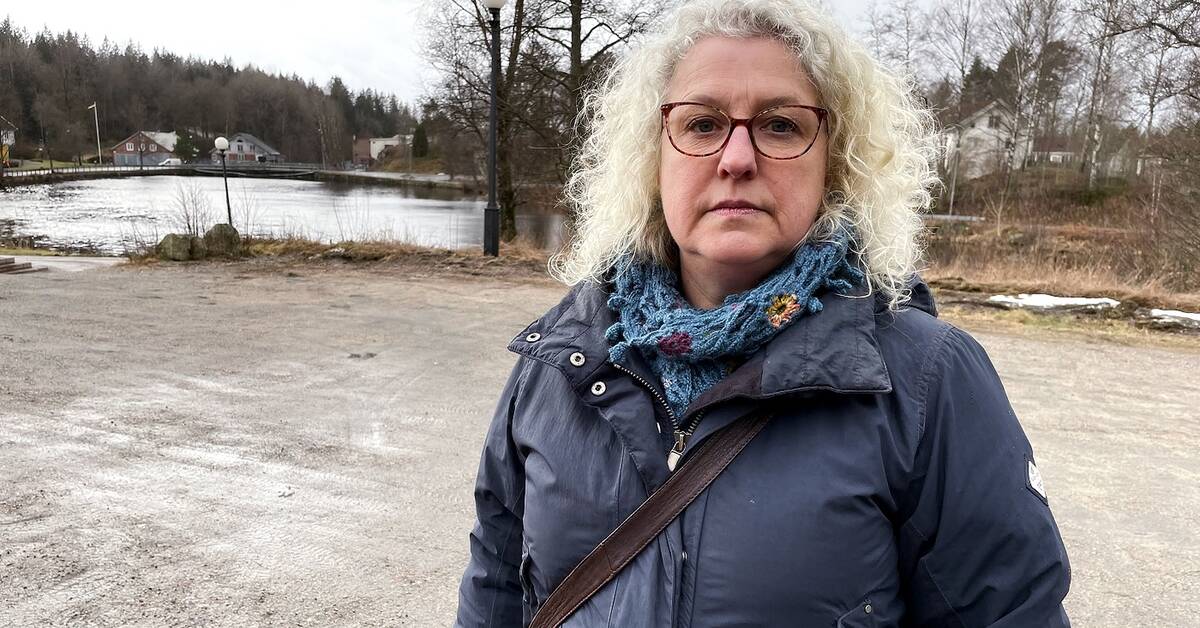Two years ago, the city of Borås received just over SEK 20 million in grants from the Swedish Environmental Protection Agency to investigate how the toxins, especially in Guttasjön, Djupasjön and Rydboholmsdammen, can be taken care of.
These are around 240,000 cubic meters of contaminated sediment, tons of chemicals that are mainly the cause of the old textile industries.
And there is a risk that contaminated sediment can spread to Mark municipality, and to fields in Halland during floods, according to the county administrative board.
But within the municipality, there is a lack of competence to make preparatory investigations, and in addition, procurements have disrupted.
Last summer, the city of Borås received zero tenders.
Instead, the project manager Ilse Postma has in principle been allowed to sit and roll her thumbs.
Difficult to find the right skills
Few remediation projects in Sweden have been as large as fixing the toxins in Viskan, according to the county administrative board.
And around Viskan there are also high natural values and red-listed species to take into account, including wild bees.
There are probable reasons why it has been difficult to get the right skills.
- But we thought it would be up and running now, otherwise you would have had to put it on ice for a while.
However, we see that it is not something that the city of Borås has been able to influence, we have noticed a general consulting drought in recent years, we do not really know what it is due to, says Ann-Christine Schleret Lember, county environmental engineer at the county administrative board.
New attempt to hire a consultant
Now the city of Borås is making another attempt to hire a consultant for the Viskan project, this time the survey of how Viskan should be cleaned up has been divided into three parts to make it more attractive to adopt.
What are the measures you want to investigate?
- One of the alternatives is to deposit the masses in Djupasjön, where there is already contaminated sediment, and create a kind of wetland and lead past Viskan.
But that is not the only solution.
We want to create a tailor-made action plan, says Ilse Postma.

